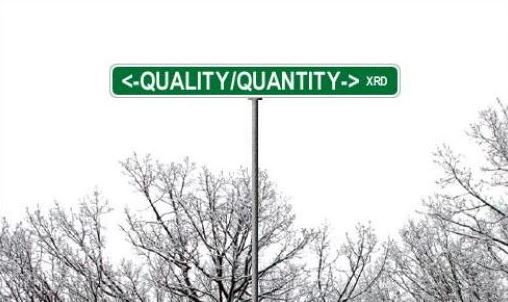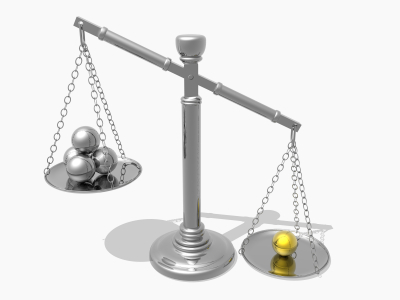Properties can be distinguished in qualities and quantities. In decision making it is essential to know them. If we have to judge a candidate for a position, if we want to buy a car, if we select a restaurant, if we try to find our way through the world, properties of people, objects, observed items will guide us. How do we know the properties?
We just observe and reason. Occasionally we ask other people. Then they report us what they observed and reasoned. The properties used in our reasoning mainly deal with qualities. Just occasionally a quantity is taken into account. A speed, a size, an age. And even then, before we make a decision, the quantity is translated into a quality: fast, small, young. Qualities are used for human reasoning and decision making. That is how our classification works in daily life.
Automatic classification is based on measurements. Quantities found by comparisons and counting are used for representing an object in some vectorspace. Here a decision is made by a numeric procedure. Occasionally there are qualities too. They are transformed into probabilities or binary numbers and then included in the procedure. Where did they come from? Measurment devices never measure qualities, they measure quantities. Qualities originate from a human based observation, or are the result of an ealier automatic recognition.
By automatic classification it is attempted to mimic human decision making, mainly based on qualities, by quantitative means. The transformation between these two opposite types of properties is a key issue of pattern recognition.
Filed under: PR System



